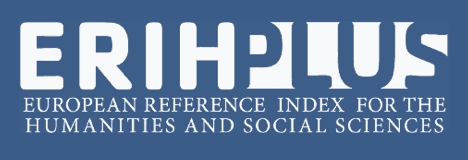Measuring Income Inequality Across the Districts of Khyber Pakhtunkhwa
Abstract
Income inequality is a paradox that exists at national and international levels, and inequality and poverty are closely related as more income inequality leads to a high poverty ratio and more educational deprivation. Despite efforts at international and national forums, inequality persists on a large scale, particularly in developing countries like Pakistan. No research study measured income inequality at the district level of Khyber Pakhtunkhwa, a province that has not been thoroughly studied in previous research despite its significant economic and geographical importance. This study used the Gini index to analyze income inequality across the districts of Khyber Pakhtunkhwa province, including the Federally Administrated Tribal Area, using data from the PSLM 2019-20 survey. The results revealed high-income inequality among the districts, with Shangala, Haripur, and Tor Ghar ranked as unequal districts, while Swabi was ranked as the least unequal. The study also highlights the lack of basic education, roads, hospitals, and employment opportunities in the worst-performing districts, underscoring the need for policymakers and development practitioners to address income inequality in the region. The study concludes with recommendations for promoting job growth, increasing wages, investing in technical education financial markets, and formalizing the economy to reduce income inequality in Khyber Pakhtunkhwa.

This work is licensed under a Creative Commons Attribution-NonCommercial 4.0 International License.













.jpg)








